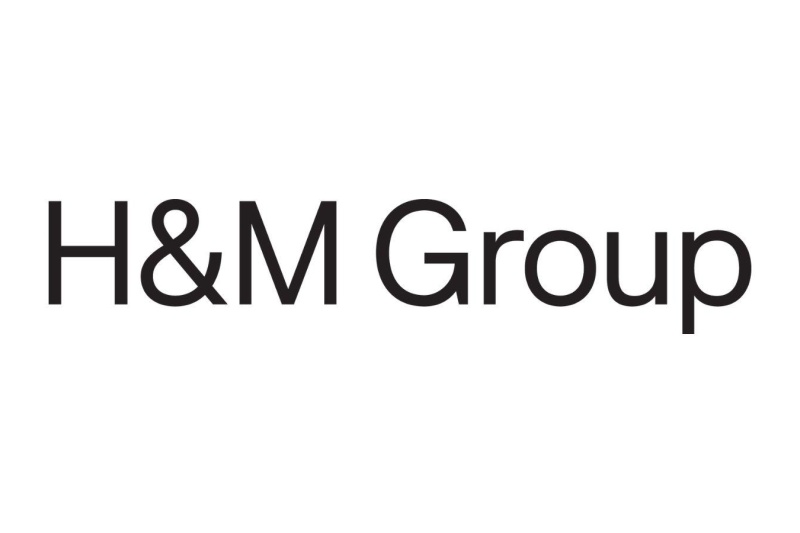
Standards and guidance
The Science Based Targets initiative develops standards, tools and guidance which allow companies to set greenhouse gas (GHG) emissions reductions targets in line with what is needed to keep global heating below catastrophic levels and reach net-zero by 2050 at latest.
Net-Zero
The Corporate Net-Zero Standard aims to provide a common, robust, science-based understanding of net-zero. It gives companies clarity and confidence that their near- and long-term decarbonization plans are aligned with climate science by providing a clear, consistent and science-based definition of net-zero.
By aligning with this Standard, companies can set science-based net-zero targets.
The SBTi is also currently developing the Financial Institutions Net-Zero (FINZ) Standard. This Standard will enable FIs to set net-zero aligned near- and long-term targets, and to and to use their influence to achieve economy-wide net-zero emissions before 2050.
Sectors
Currently, companies in all sectors apart from fossil fuels can set science-based targets using our cross-sector methods. However, we also develop sector-specific guidance for companies in some heavy emitting industries. Tailored to the needs and context of each industry, these enable companies to develop ambitious and achievable science-based targets aligned with 1.5°C.
If your sector is not listed or the sector-specific guidance is not yet finalized, you should use our core methodologies and resources to set your targets. See our Getting Started Guide to learn which methodology your company should use, according to your sector and other criteria.
View our Sector Guidance Summary for an overview of the pathway and guidance resources that are developed or upcoming for each sector.
Select your sector to view specific requirements and guidance.
Technical Work Program
In line with the Standard Operating Procedure (SOP) for Development of SBTi Standards, the SBTi publishes its technical work program and timeline. This program has been approved by the Board of Trustees and is reviewed by the SBTi’s Technical Department quarterly.
*The timelines are indicative and subject to change. The SBTi will update it quarterly, as the projects develop.
The SBTi sets out clear delivery plans and timelines in the terms of reference for each standard. Our focus is on ensuring our outputs are as robust as possible.
Supplementary guidance
Our supplementary guidance enables businesses to amplify their climate action.
Supplier engagement
To be in line with SBTi Criteria, companies must set scope 3 targets. These are supplier engagement targets and/or reduction targets that collectively cover at least 67% of total scope 3 emissions - if these emissions represent over 40% of their total scope 1, 2 and 3 emissions.
Engaging Supply Chains on The Decarbonization Journey: A Guide to Developing and Achieving Scope 3 Supplier Engagement Targets outlines how to evaluate, develop and set supplier engagement targets, implement engagement programs, and gives businesses the understanding of what it takes to achieve these goals.
- Supplier Engagement Guidance - full guidance
- Supplier Engagement Guidance - executive summary
- Slide deck for presenting science-based targets to your suppliers
- Speaker script for promoting science-based targets at supply chain events
Beyond value chain mitigation
Beyond value chain mitigation (BVCM) allows companies to accelerate the global net-zero transformation by going above and beyond their science-based targets.
BVCM is defined in the SBTi Corporate Net-Zero Standard as “mitigation action or investments that fall outside a company’s value chain, including activities that avoid or reduce GHG emissions, or remove and store GHGs from the atmosphere.
The SBTi has developed guidance to support the BVCM recommendation in the Corporate Net-Zero Standard and explore potential incentives for BVCM.
Having a science-based target helps keep us on track. It means we know what we need to do in the short and medium term to meet the longer-term vision. By being part of the global initiative we know we are part of a bigger movement. Keiko Shiga Sustainability Department, Sony Corporation



